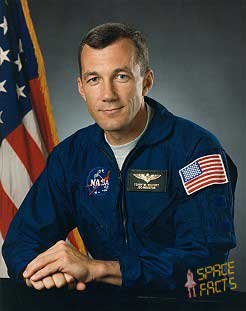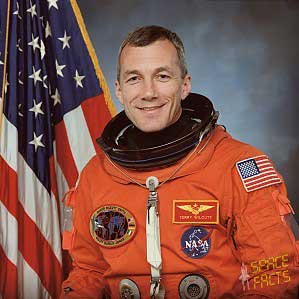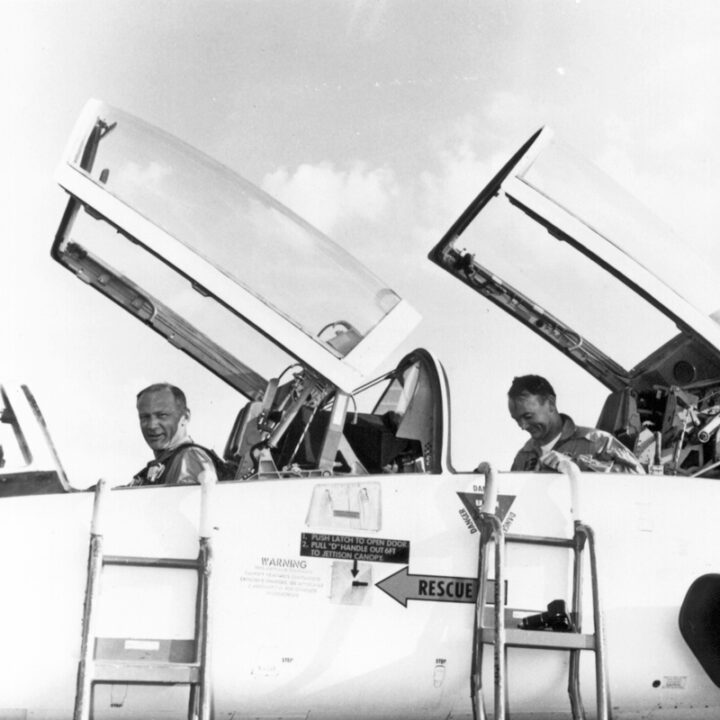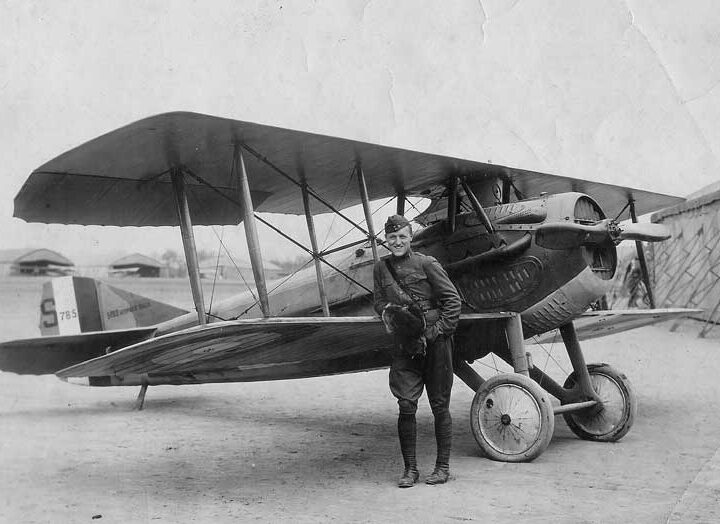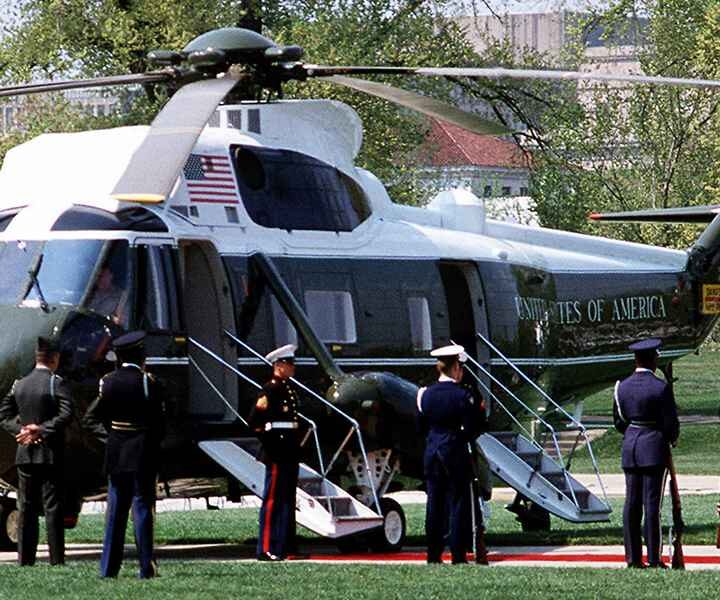A native of Russellville, Kentucky, Terry Wilcutt was born October 31, 1949 and graduated from Southern High School in Louisville, Kentucky in 1967. After graduation from Western Kentucky University in 1974, Wilcutt taught high school math for two years prior to entering the Marine Corps.
He was commissioned in 1976 and earned his wings in 1978. Following initial F-4 Phantom training in VMFAT-101, he reported to VMFA-235, Kaneohe, Hawaii. While assigned to VMFA-235, Wilcutt attended the Naval Fighter Weapons School (Topgun) and made two overseas deployments to Japan, Korea, and the Philippines.
In 1983, he was selected for F/A-18 conversion training and served as an F/A-18 Fighter Weapons and Air Combat Maneuvering Instructor in VFA-125, Lemoore, California. In 1986, Wilcutt was selected to attend the United States Naval Test Pilot School. Following graduation from USNTPS he was assigned as a test pilot/project officer for Strike Aircraft Test Directorate (SATD) at the Naval Aircraft Test Center, Patuxent River, Maryland. While assigned to SATD, Wilcutt flew the F/A-18 Hornet, the A-7 Corsair II, the F-4 Phantom, and various other aircraft while serving as a test pilot/project officer in a wide variety of projects and classified programs. He has over 6,600 flight hours in more than 30 different aircraft.
NASA EXPERIENCE: Selected by NASA in January 1990, Wilcutt became an astronaut in July 1991. Technical assignments to date include: work on Space Shuttle Main Engine and External Tank issues; Astronaut Support Personnel team at the Kennedy Space Center, Florida, supporting Space Shuttle launches and landings; technical issues for the Astronaut Office Operations Development Branch; NASA Director of Operations at the Yuri Gagarin Cosmonaut Training Center, Star City, Russia; Chief of the Astronaut Office Shuttle Operations Branch; Manager, Safety & Mission Assurance, Space Shuttle Program. He was the pilot on STS-68 in 1994 and STS-79 in 1996, and was the mission commander on STS-89 in 1998 and STS-106 in 2000. A veteran of four space flights, Wilcutt has logged over 1,007 hours in space. Wilcutt currently serves as Deputy Director, Safety and Mission Assurance Directorate, Johnson Space Center.
SPACE FLIGHT EXPERIENCE: STS-68 Endeavour (September 30 to October 11, 1994) was part of NASA’s Mission to Planet Earth. STS-68, Space Radar Lab-2 (SRL-2), was the second flight of three advanced radars called SIR-C/X-SAR (Spaceborne Imaging Radar-C/X-Band Synthetic Aperture Radar), and a carbon-monoxide pollution sensor, MAPS (Measurement of Air Pollution from Satellites). SIR-C/X-SAR and MAPS operated together in Endeavour’s cargo bay to study Earth’s surface and atmosphere, creating radar images of Earth’s surface environment and mapping global production and transport of carbon monoxide pollution. Real-time crew observations of environmental conditions, along with over 14,000 photographs aided the science team in interpreting the SRL data. The SRL-2 mission was a highly successful test of technology intended for long-term environmental and geological monitoring of planet Earth. STS-68 launched from Kennedy Space Center, Florida, and landed at Edwards Air Force Base, California. Mission duration was 11 days, 5 hours, 46 minutes, traveling 4.7 million miles in 183 orbits of the Earth.
Read about the Aviation Heritage Park’s acquisition of a NASA T-38 here.

